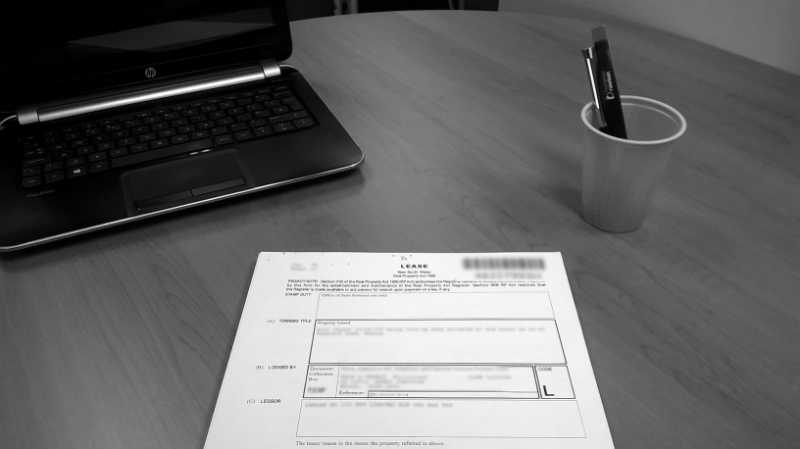Gross vs Net leases – understanding the difference

When managing your commercial property investment you are going to come across different types of leases. Two common types include a Net Lease and a Gross Lease.
Understanding both types of leases is important when calculating and reviewing the net income position of your investment property.
Gross Lease: the tenant pays a base rent amount and does not contribute to extra charges for outgoings or expenses accrued for the property i.e. land tax, council rates, water rates, insurance, management fees, strata levies etc. The base rent charged may have a built in allowance for market rent plus some extra for outgoings and expenses, however the total is charged as one payment.
PRO: Gross leases are generally easier to administer as only one payment needs to be collected and there is no requirement to complete a budget or reconciliation at the end of the financial year. To calculate the NET income for your property you will deduct the annual expenses from the total rent received.
CON: Although gross leases may be easy to administer, they can result in fluctuations in your net return. For example, if your lease is subject to annual CPI rental increases in the current market your rental increases will be quite low; if expenses are increasing about inflation then the difference will come off your bottom line. Of course in reverse this can be an advantage.
Net Lease: the tenant pays a base rent amount plus they contribute to the payment of outgoings or expenses related to the property. Net leases can result in tenant contribution toward some or all outgoings expenses e.g. Land tax, council rates, water rates, insurance, management fees, strata levies etc. it is important to be able to clearly interpret the lease to ensure you are claiming reimbursements for all outgoings expenses allowed by the lease.
PRO: often it is easier to determine your net income position as the rent payment received is the after expenses income. Unpredictable expenses can often be covered by the tenant depending on the particulars of the lease.
CON: in circumstances where a reconciliation of annual outgoings and outgoing contributions is required, there may be a shortfall payment due by the tenant. In this case tenants can often scrutinise the expenses and there may be a delay in receiving full payment.
An experienced commercial property manager can assist you in understanding and interpreting your lease agreement correctly to ensure that your investment is producing the best Net Income possible.
To learn more on how you can maximise the value of your investment, please contact one of our commercial property management specialists today.